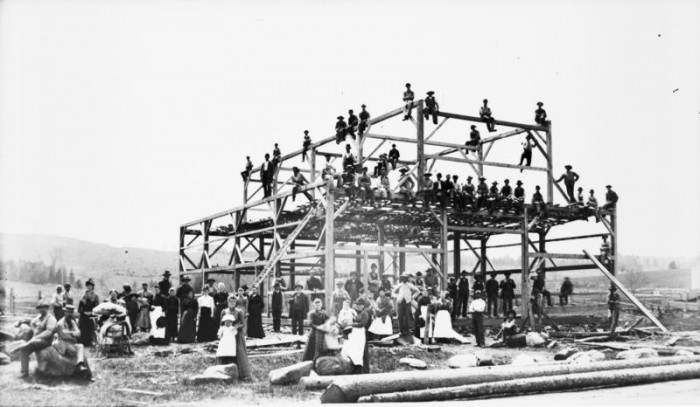Erin Kee, Esq. is back with the final part of her 4 part series on legal structures for farmers markets. Today she covers the cooperative business model.
The fourth and final legal structure we’ll discuss in this series on farmers markets is the cooperative. A cooperative is a form of business organization that is owned by the participating members, and cooperative’s goal is to maximize profit for its own membership. The fundamental governing principle common to all cooperatives is the principle of “One Member, One Vote.” The participating members vote on all the major business decisions of the company and are responsible for selecting the key executives to run the organization. Thus, one of the great benefits of organizing a farmers market under the cooperative structure is the sense of community responsibility ingrained in the DNA of the organization. This can be an extremely important marketing advantage for any farmers market.
There are three common business models used within the cooperative framework to operate farmers markets in the United States.
The first model is a cooperative that is entirely owned by the farmer’s who participate in the market. This means that each member farmer would take part in all the business decisions involved in running the market. For example, the members can vote on who to hire as a market manager or where to locate the market. The benefit of this structure is that each farmer can ensure that the market is meeting his or her needs.
Depending on the number of farmer’s involved in the market, voting on too many issues in a purely cooperative structure could become a cumbersome process. Farmers are an independent-minded lot, and it might often be challenging to get them to agree on nitty-gritty details of market operation. The by-laws of the cooperative should strike a balance between creating the sense of community through democratic decision-making and establishing effective executive leadership that can make important business decisions without constant resort to committees.
A second model has the cooperative owned by a limited number of farmers that allows other farmers to join as vendors. The additional vendor farmers bring diversity to the market, but do not necessarily encumber the operation by exercising organizational leadership. An example of this is the Farmer’s Market Cooperative of East Liberty in Pittsburg, Pennsylvania. This market is owned by four farming families and operates as a cooperative. The four families are the only farmer’s involved in the oversight of the market. Having a limited number of farmer’s owning the cooperative makes it easier to lead the market – fewer members means fewer obstacles to executive authority. With this hybrid cooperative model , the market gets the benefit of streamlined leadership as well as the ability to develop the sense of community so important to a successful farmers market.
A final model has a pre-existing cooperative, such as a cooperative grocery store, operate a market under its corporate umbrella. Many local stores are already structured as cooperatives. These stores have a permanent location where they can hold the market and they already have a system in place to ensure the interests of all members are met. Cooperative stores usually have their customers as members. This means that the farmer’s who participate in the market will already have a loyal customer base. Thus, new farmers markets can be established relatively quickly and successfully. Newark Natural Foods in Newark, Delaware sponsors a weekly farmer’s market at its store. Customers enjoy the convenience of shopping at the store for durable and bulky items like coffee and olive, and then hit the farmer’s market for fresh produce that supports the local farmer.
If you are interested in any kind of cooperative, the Internal Revenue Service has a special pub you should familiarize yourself with before you begin planning a new market. Cooperatives have a reputation for being quaint and homespun, but they are actually very sophisticated business entities and their tax implications are particularly unique.
–by Erin Kee, Esq.


















